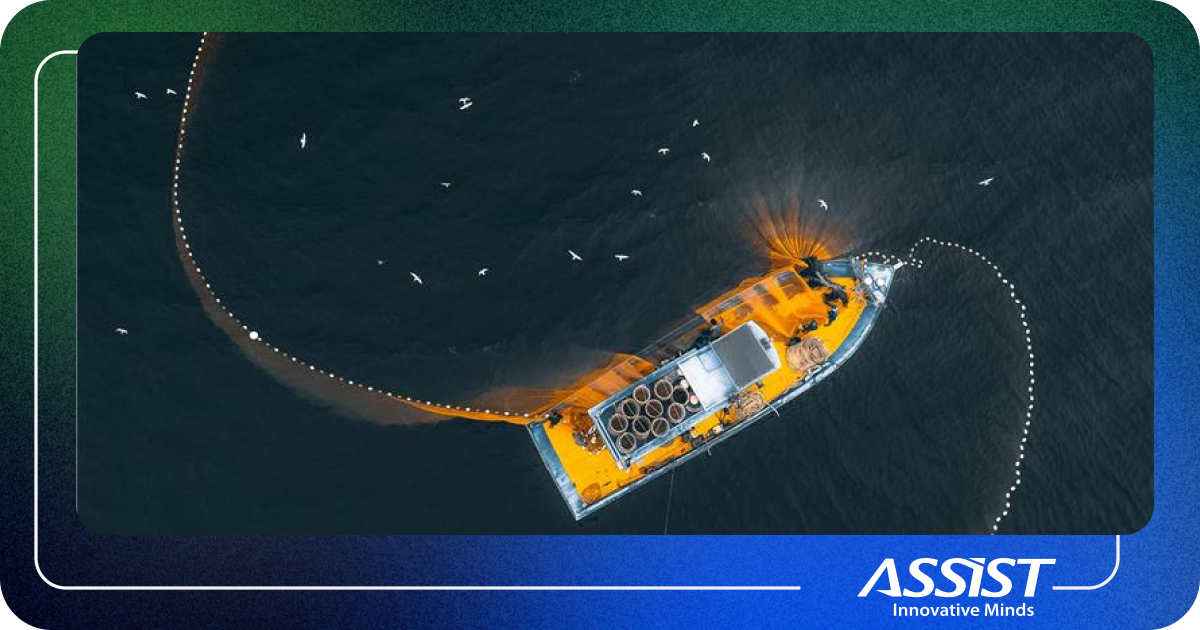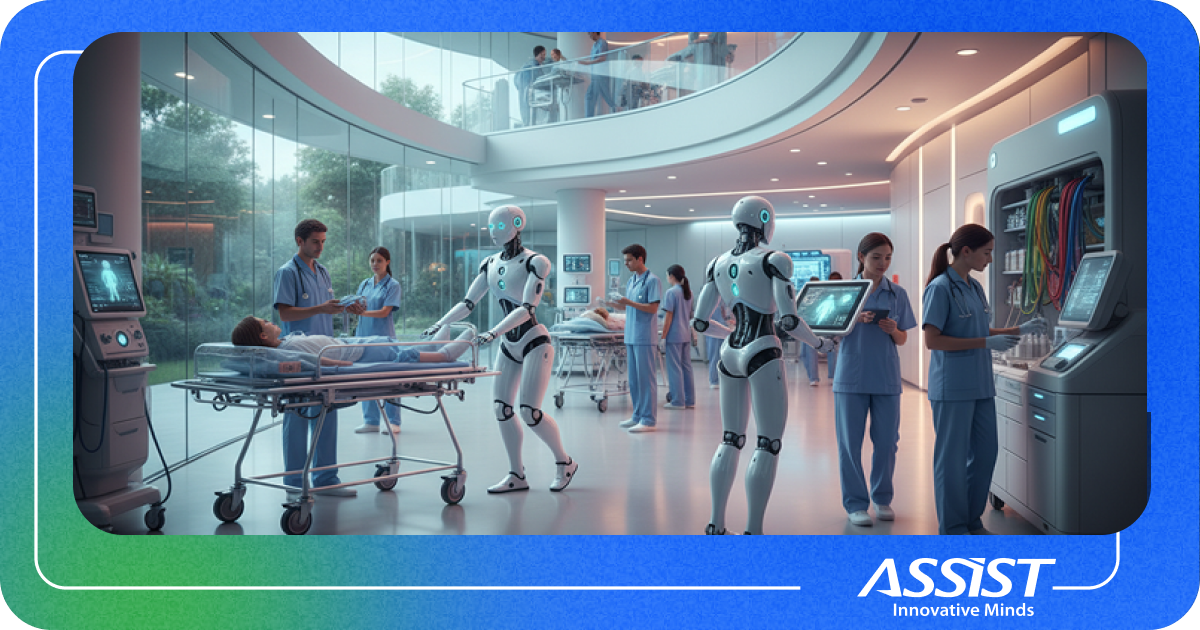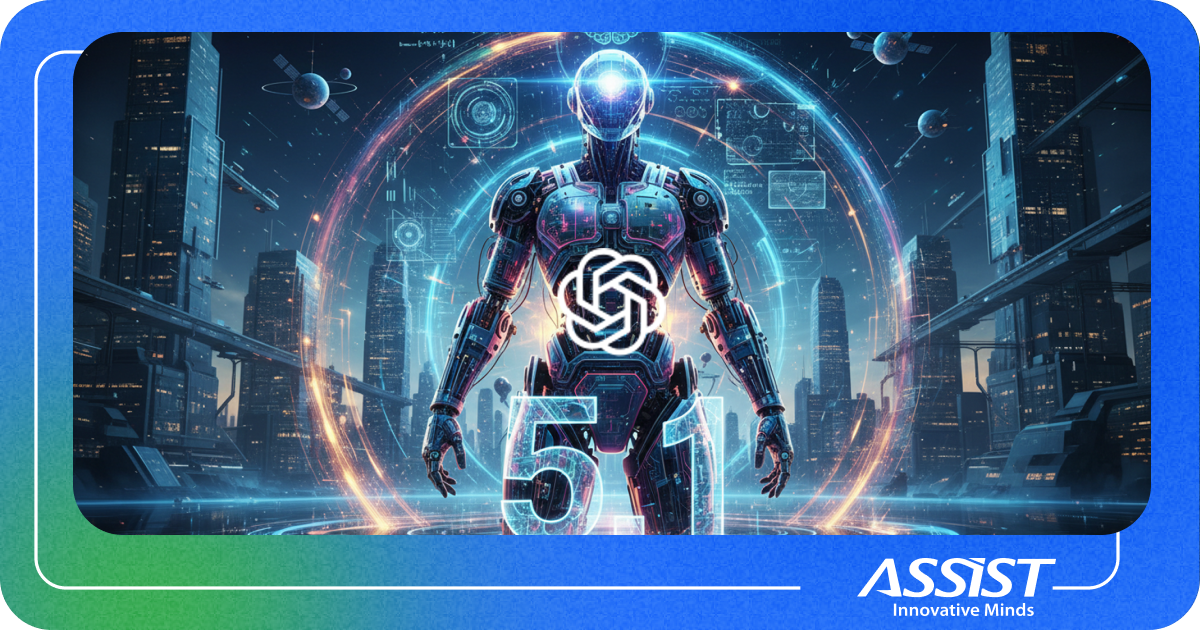From Automation to Co-Creation: How Hybrid Creativity Really Works
From Automation to Co-Creation: How Hybrid Creativity Really WorksArtificial intelligence is evolving fast, and it’s starting to co-create with us. Beyond the Generative AI hype, a quieter shift is taking shape in the form of hybrid creativity, where human intuition and machine intelligence work together to produce ideas neither could create alone.
What Hybrid Creativity Means
What Hybrid Creativity MeansFor years, the story of AI was about automation: speed, scale, and accuracy. Necessary, but limited. Hybrid creativity moves the goalposts. Instead of imitating human work, the goal is to expand the limits of creativity and imagination.
Think of it as a two-engine system:
- Humans bring context, curiosity, taste, ethics, and strategic judgment.
- AI enables pattern recognition at scale, facilitates generative exploration, stores memory, simulates complex scenarios, and facilitates rapid iteration.
It’s a continuous creative loop: humans set the vision, AI expands it, and each round deepens understanding and improves outcomes.

Where It’s Already Happening
- Drug discovery: researchers prompt models to propose novel molecular structures, then filter candidates by constraints like toxicity, manufacturability, and IP space.
- Architecture & materials: generative engines suggest structures optimized for sustainability and cost; architects tune for light, flow, regulations, and aesthetics.
- Product & UX: teams co-design with AI to generate journeys, microcopy, and prototypes, then validate with users and analytics.
- Software engineering: developers pair with AI for scaffolding, tests, refactoring, and quick exploration of alternative designs, while humans own the architecture and trade-offs.
The focus has shifted from replacement to collaboration, where innovation happens in the space between human and system.
A Maturity Path You Can Map To
A Maturity Path You Can Map ToInstead of a “romantic timeline”, use a maturity model your organization can climb:
- Level 0 — Tooling: isolated use of gen-AI for drafts or code snippets; no process change.
- Level 1 — Assisted Workflows: AI integrated in specific steps (research, ideation, QA, testing). Prompts are documented; outputs reviewed.
- Level 2 — Co-Pilot Systems: persistent context (project memory, coding standards, brand voice); AI suggests next actions, not just answers.
- Level 3 — Orchestrated Agents: multiple AI agents handle sub-tasks like research, synthesis, and verification, with human checkpoints at the right moments.
- Level 4 — Adaptive Co-Creation: organization-wide patterns, metrics for creative yield and time-to-insight; safety/ethics guardrails embedded; continuous learning loops.
Most teams still hover between Levels 1 and 2, but the real compounding returns start at Level 3.

Governance That Doesn’t Kill Momentum
Hybrid creativity needs guardrails, not roadblocks:
- Data boundaries: what context the AI can access (and what not).
- Attribution & audit: who approved traceable steps.
- Quality gates: domain-specific checks (scientific plausibility, security, accessibility).
- Ethics & safety: bias checks, harmful output filters, human appeal paths.
- IP policy: ownership, licensing of generated artifacts, and reuse rules.
The trick is to embed this into the loop so it feels like a seatbelt, not a speed bump.
The AI-Shadow: A Personal Co-Creator
Looking ahead, we’ll likely work with a persistent AI-Shadow, a companion that remembers your work, senses your style, and grows with you.
- For students, it tracks learning patterns and suggests study paths.
- For teams, shadows collaborate (with permissions) to assemble shared context and propose next steps.
- For experts, it becomes a thinking partner: surfacing prior decisions, edge cases, and risks you’d otherwise forget.

This raises serious questions about privacy, identity, provenance, and consent. The responsible path is to design opt-in transparency and portable identity, so your shadow works for you, not the other way around.
This perspective was inspired by conversations within the Future Intelligence Think Tank, a community of technology professionals who bring forward meaningful discussions about AI, innovation, and the future of human–machine collaboration.
Join the conversation and share your thoughts on how AI is reshaping creativity and collaboration.
What To Do Next
- Pick one workflow (research, design review, code review, experimentation) and instrument it end-to-end with the loop above.
- Create a prompt/playbook repo. Treat prompts like code: versioned, reviewed, shared.
- Add metrics that matter: time-to-first-insight, options explored per hour, defect rate after AI assist, and user satisfaction deltas.
- Pilot an AI-Shadow safely: scoped memory, explicit consent, clear logs, and delete/export controls.
- Train for judgment, not just tool use. The human advantage is framing, ethics, taste, and trade-offs; make that explicit in your teams.
The Creative Frontier
At ASSIST Software, we don’t see the future of innovation as humans or machines. It’s human with machines, a partnership where our judgment and values steer exponentially more capable tools.
Hybrid creativity has become a discipline in its own right, accelerating faster than most organizations can keep up. The teams that structure their processes and embed responsibility will lead the way.

Could AI be your creative partner rather than a competitor?
If you’ve tested this already, what changed your process the most? We’d love to learn from your experience.



